
1872年東京 日本橋
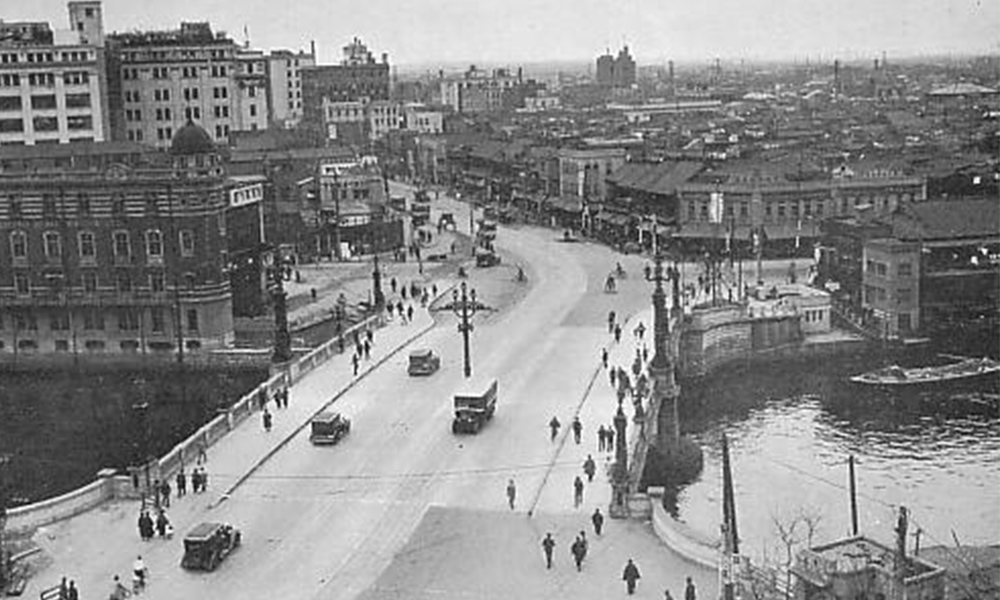
1933年東京 日本橋
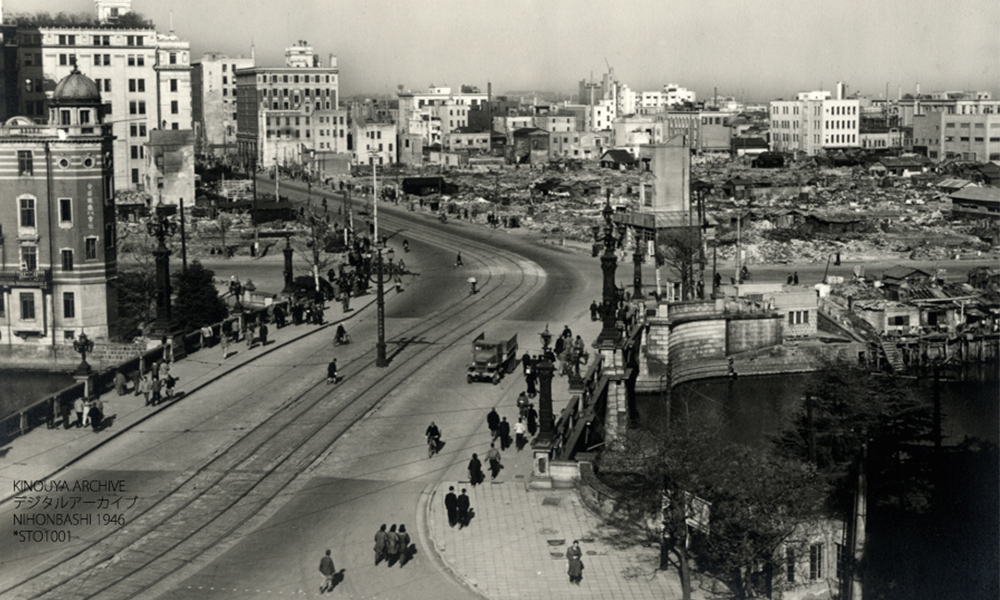
1946年東京 日本橋
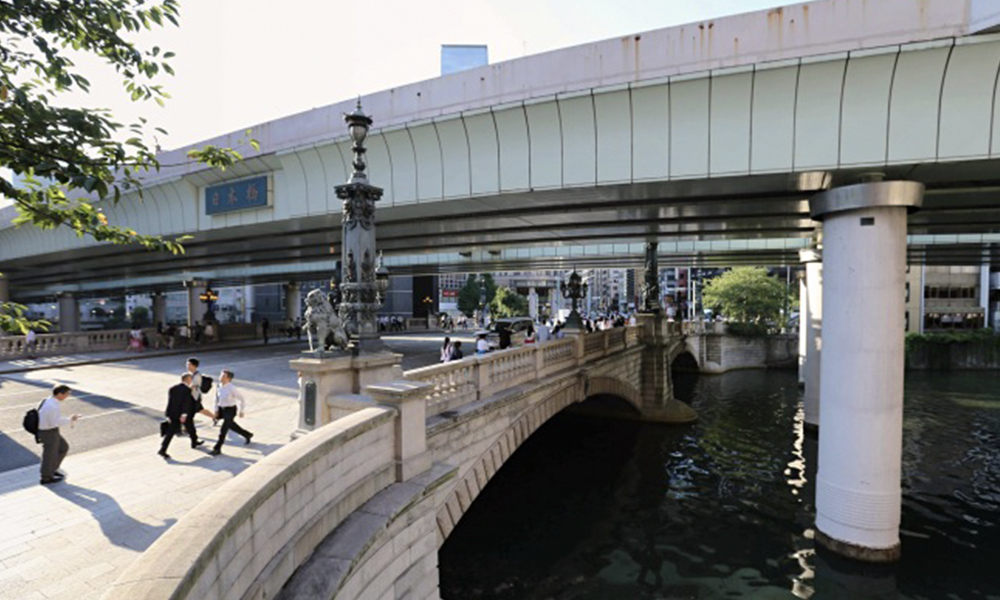
2017年東京 日本橋
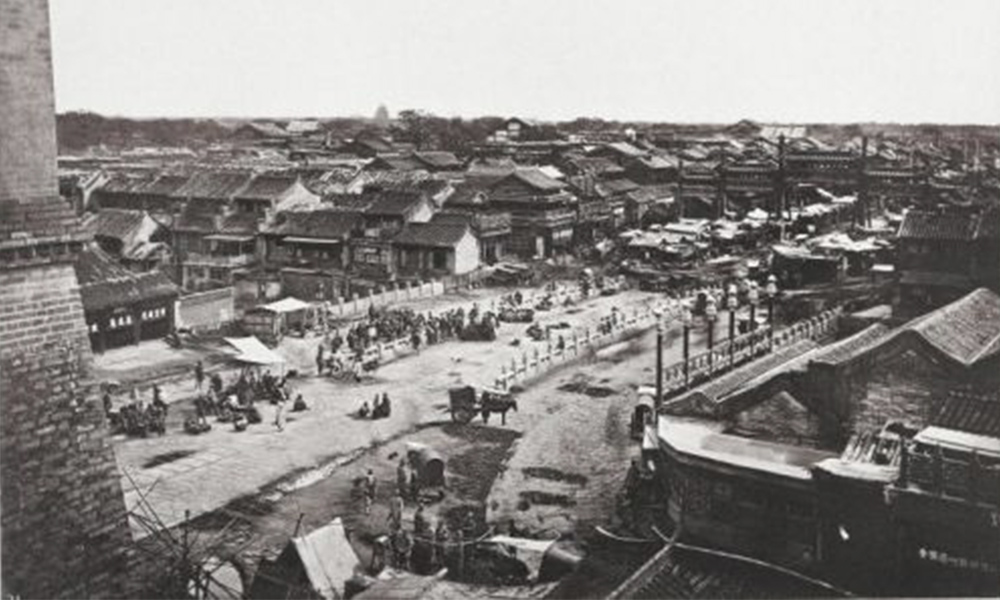
1872年8月〜10月北京 前門
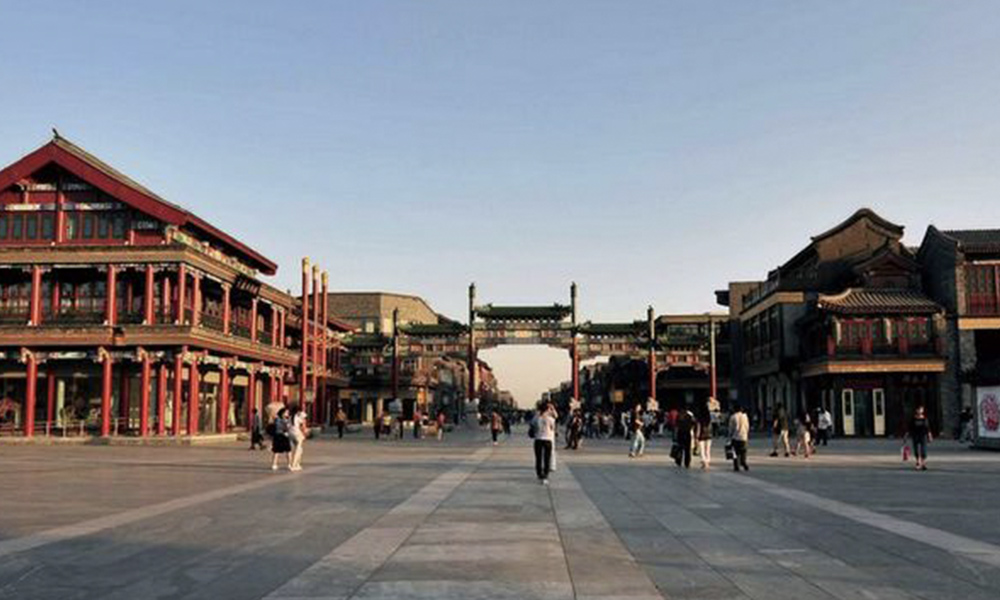
現在北京 前門
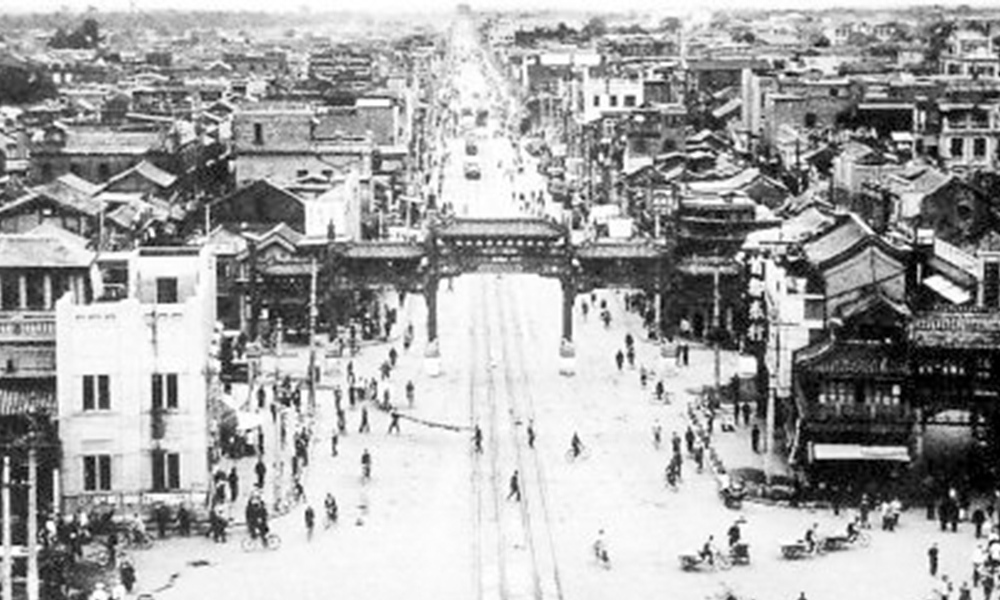
1949年前後北京 前門
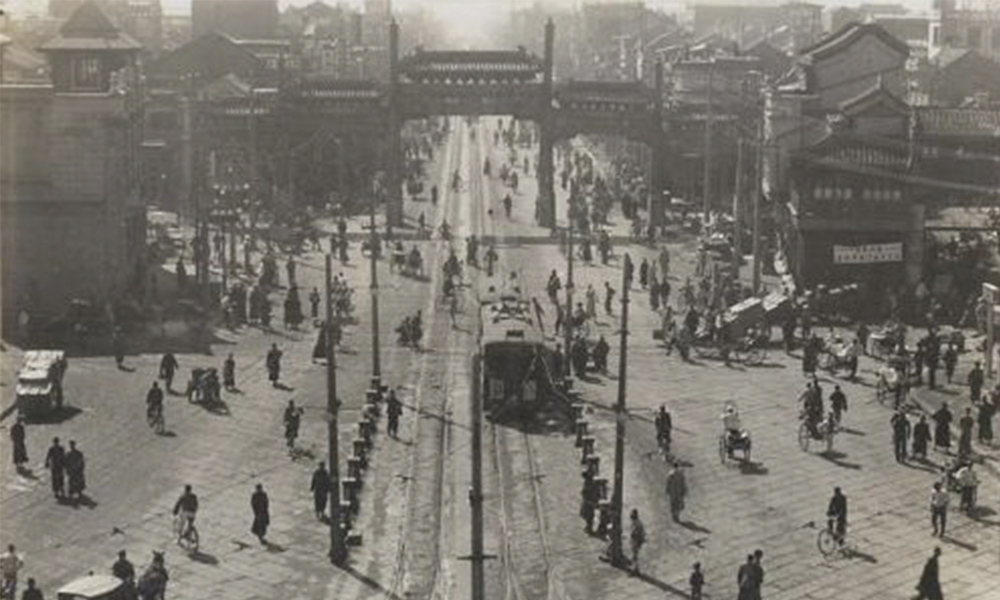
1930年代北京 前門
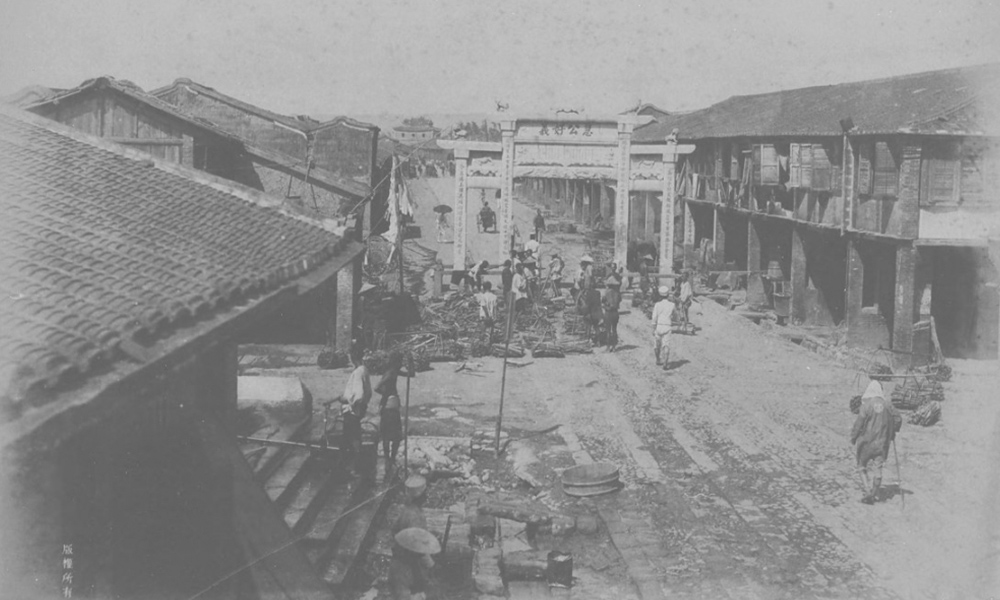
1895年台北 衡陽路
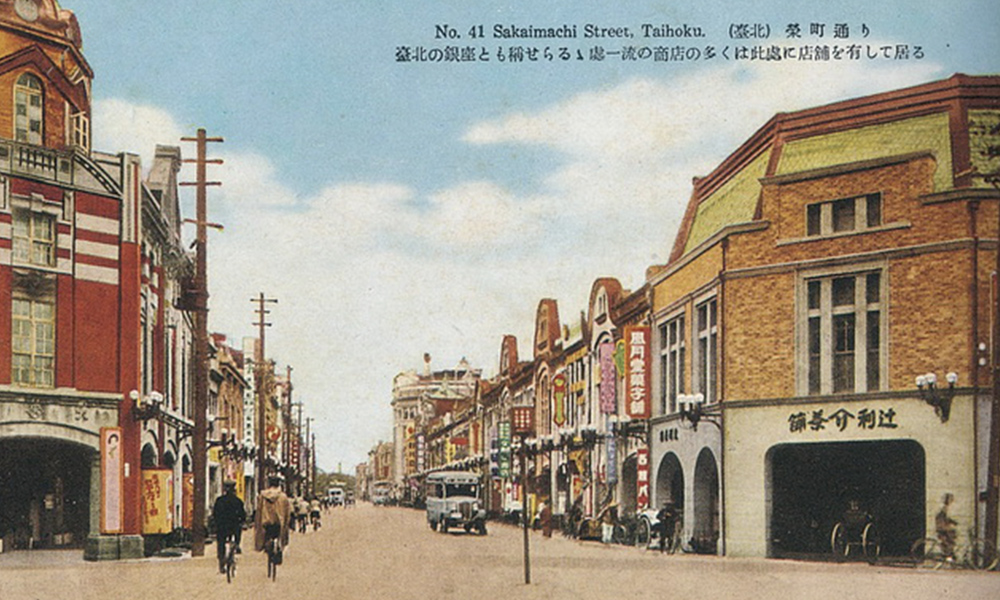
1930年代台北 衡陽路
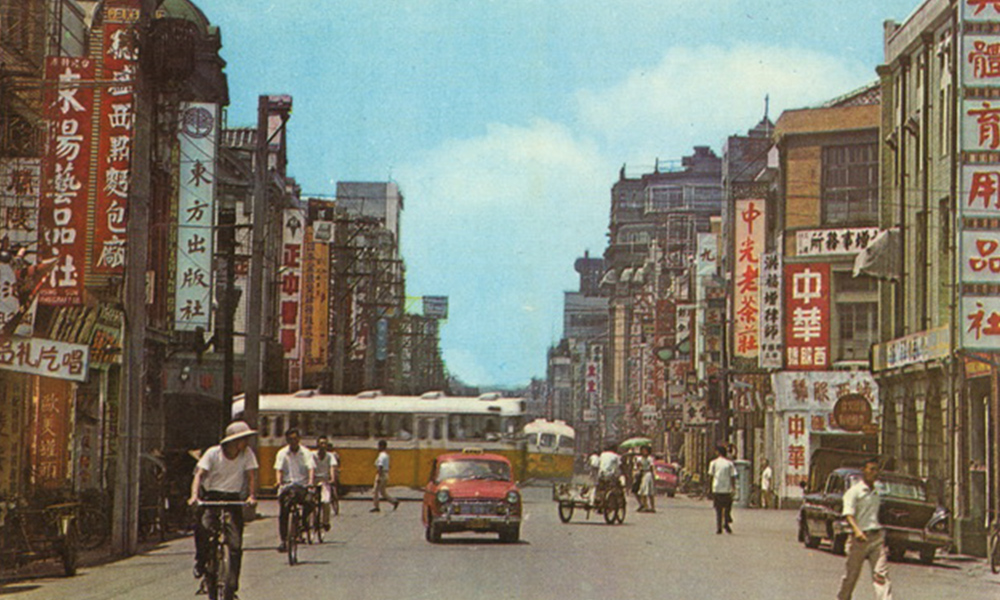
1960年代台北 衡陽路
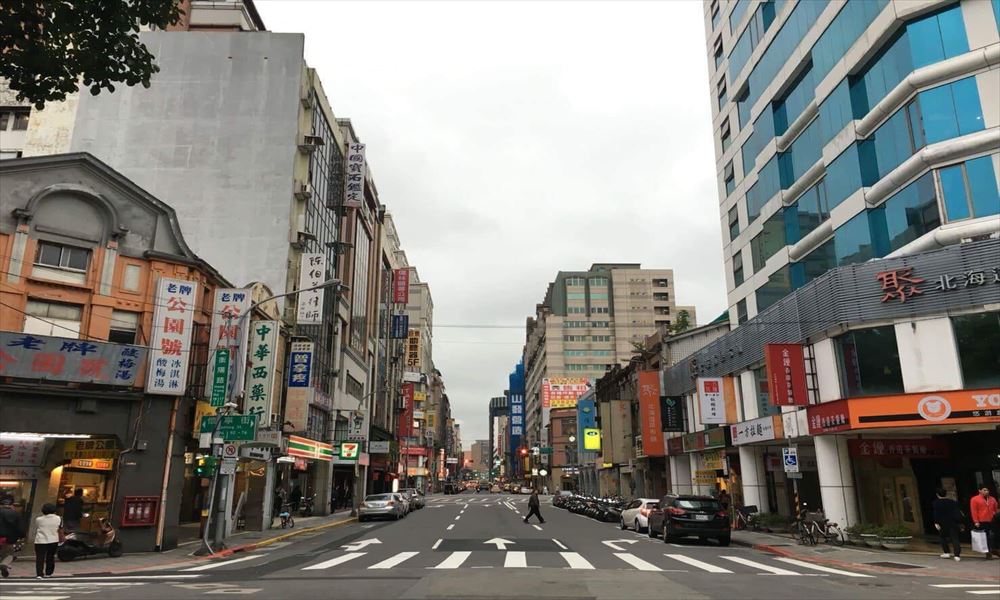
現在台北 衡陽路
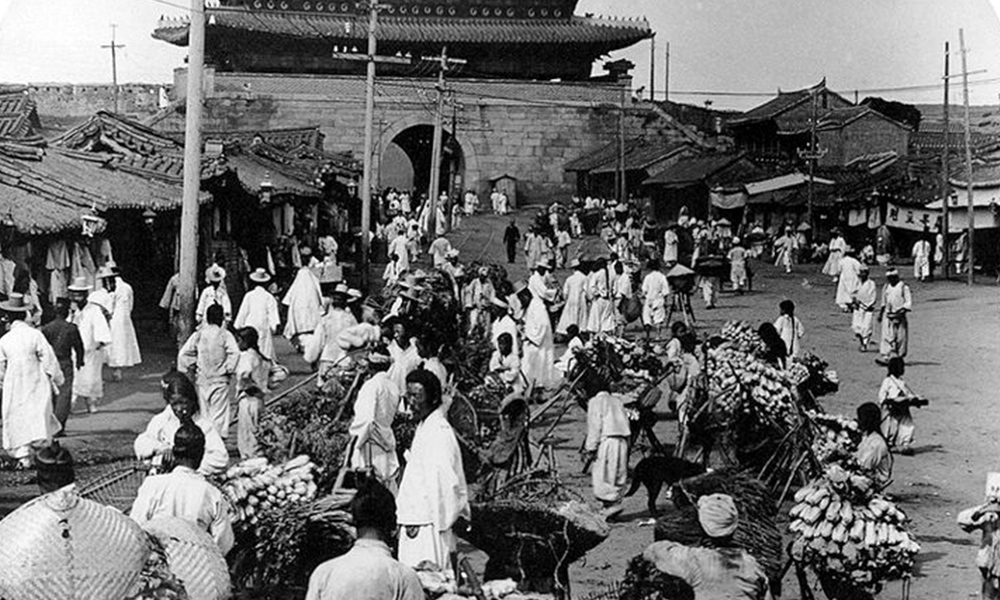
1904年ソウル 南大門
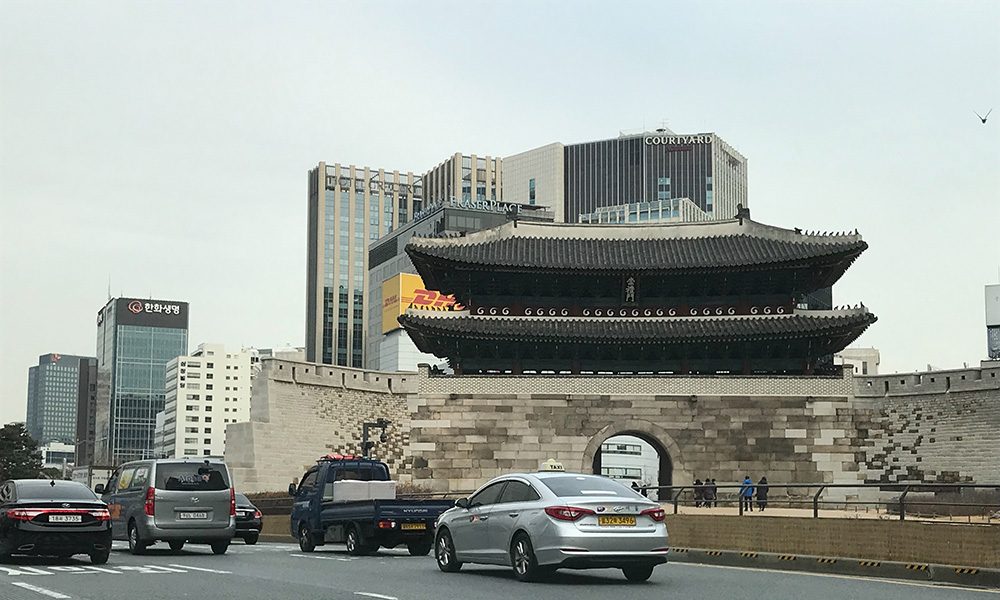
2006年ソウル 南大門
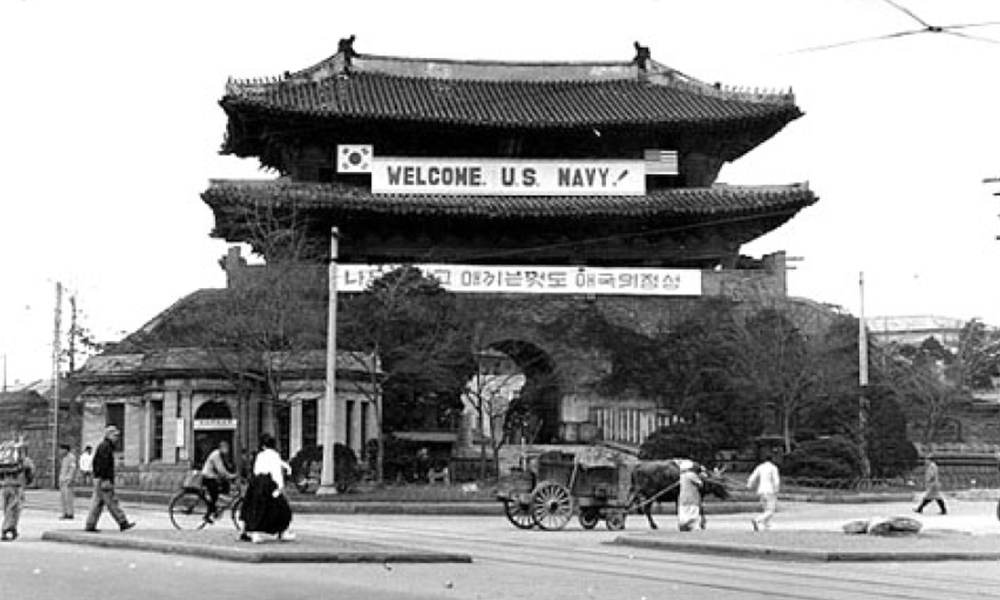
1950年ソウル 南大門
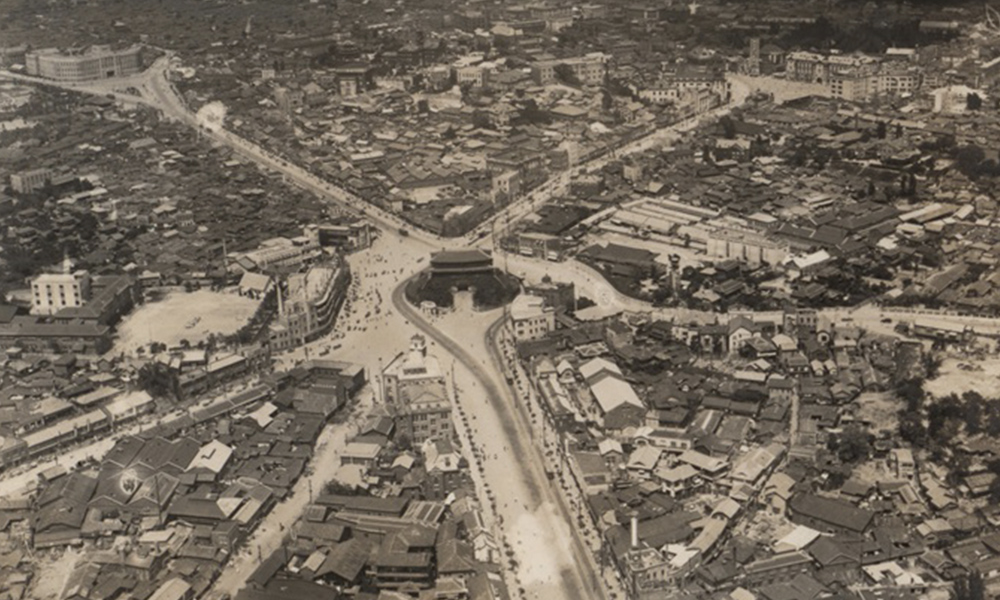
1940年代初ソウル 南大門
KOSUGE Nobuko Margaret, Professor in History/IRs
The Faculty of Law, The Department of Politics and PoliticalAdministration
Yamanashi Gakuin University
In 1996, I, a Japanese woman and young historian, moved to Cambridge, in England, a city whose old regiment had a battalion in Singapore when it fell to the Japanese Army in 1942. The whole battalion was taken prisoner. One in four of the battalion was unable to return home after the war and those who survived had all suffered from bitter post-traumatic conditions that they cannot easily talk about to other people.
I attended a ceremony sponsored by the Burma Star Association of Veterans and the Royal British Legion to remember the war dead and laid a small bouquet of poppies at the memorial stone in Cambridge’s municipal cemetery. There and then, very quickly her attendance served to link her to many persons including British ex-PoWs and brought her invitation to other events, which she had never expected to attend. Her presentation of poppies was treated as a front-page story, with a photograph, by a local newspaper and it was prominently reported as a very laudable act.
A wave of positive response reached her almost immediately. I was rather perplexed at first, but then decided to work for British-Japanese reconciliation, as a historical scholar and as a reconciliation activiest, searching for a true ‘forgiveness’ from the wartime victims.
The local paper, The Cambridge Evening News, saw it as noteworthy and wrote it up with a splash as full-page story complete with added photograph. The impact of this coverage became apparent in a seeming instant. Speaking honestly, I was quite overwhelmed by it all. In particular, in the newspaper article I was quite shocked to find my laying of flowers presented as ‘asking for forgiveness’ for the simple reason that I had no idea at the time as to what ‘forgiveness’ might have meant.
Was I asking for forgiveness? If so, what was it I was to be forgiven for? Later, with some sadness, I thought about such things. For me as a Japanese, I understood the question as being ‘asking for forgiveness’ from Cambridge’s war dead: those Cambridge soldiers who left for the front arrived in Singapore as it fell to the Imperial Army and were all taken captive. One in four would never return to their homeland. One in four would die as PoWs of the Japanese military.
These wounds inflicted in the war still scar the County of Cambridge and are different from those which pain both other counties and the UK as whole. For Britain, the key theme of WWII is of a war with Nazi Germany and Hitler. However, Cambridge’s war memories are something rather different. The emphasis lies not on war with Germany but with Japan, and not of Auschwitz but of Japanese prisoner-of-war camps.
I wanted to know what a Japanese asking for forgiveness meant in such a place. If indeed what I was asking for was forgiveness could I comprehend what that might involve? I had to know. If not, I ran the risk that the newspaper article would make a liar of me. My laying of the wreath seemed to leave a deep impression. Failing to follow through to try and understand the significance of this act could even seem as though I was deceiving those elderly veterans and their families who sobbed as they took my hand, embraced me, and expressed their thanks and gratitude many times over. Later a padre showed me an essay titled ‘Angel of Light’ in a church journal that was published by the church. I was rather confused: who is the angel? Me? I know I am not yet found though…..
Over the days which followed I replied to letters as best I could in my poor English, appeared at the various gatherings I had been invited to and began researching so that I might understand what was happening. I had numerous meetings over a long time with the head of the University of Cambridge research institute to which I was attached as a visiting scholar. I also wondered about those people who have dedicated themselves to reconciliation with Japan and spoke over-and-over with those people who helped arrange for me to lay the wreath.
In this way, I came to play a taboo ‘dual role’ in the context of Anglo—Japanese reconciliation as both a scholar and as an activist. Over twenty years have passed since that moment and every day felt as though weaving a tapestry with an untutored hand.
Yet, that this act of laying the wreath in the space of less than two minutes was not some noble deed on a par with an expression of a plea for forgiveness and was perhaps best understood by the journalist who first wrote the article which brought me such agitation in the first instance. That PoW who said he had forgotten the past was in truth, of course, almost completely incapable of forgetting it.
More than twenty yeas have past sine then. Still I am a small academic though trying my best to work for this joint research projet on reoniliation, What is reonciliation? What is forgiveness? I am trying to reonsider what I have done espeiallu together with my friend British veterans and scholars, in the UK and Japan, towards UK-Japanese reconciliation, in particular how media and culture put impact on it.